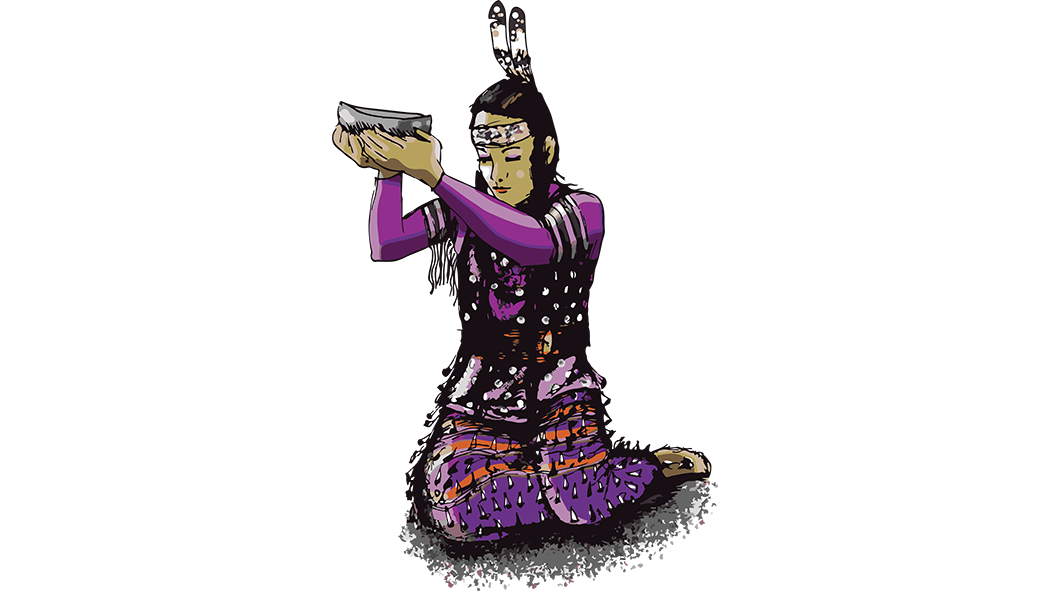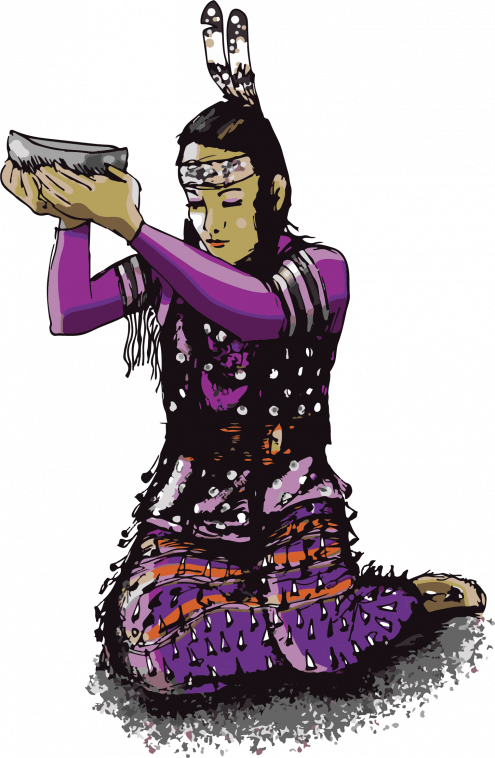
January 12, 2023
To help address the low cervical screening rates among Indigenous women in the south west region, the Indigenous Cancer Program, a part of the South West Regional Cancer Program (SWRCP) worked collaboratively with and Dr. Samantha Boshart, Physician, Regional Indigenous Cancer Lead, SWRCP, the only Indigenous lead in south western Ontario, and Dr. Robert Di Cecco, Physician, Obstetrics and Gynaecology at LHSC and Regional Lead for Cervical Screening for SWRCP.
Lisa Jackson, Indigenous Resource Consultant, SWRCP, coordinated with Munsee- Delaware First Nation a safe space event to host First Nations women. The event was open to Indigenous women in three local First Nations communities: Chippewa of the Thames First Nation, Muncey-Delaware Nation and Oneida of the Thames First Nation. Mnaasged Child and Family Services offered the use of their examination room and meeting space to be used for this unique cervical education and screening opportunity.
At the event, there were:
- Women’s Traditional Teachings and Moon Teachings by a Haudenosaunee Knowledge Keeper.
- Opportunities for the women to ask questions about cervical health in a positive and supportive environment.
- A routine cervical screening test.
The idea for the event came from the need to create safe spaces for First Nations women to come together with Indigenous health care providers in a wholistic way to honour women and their bodies. “The pap test was the initial motivation for these events to get more Indigenous women screened for cervical cancer,” Dr. Boshart says. “As we were developing what the day would look like, we needed to include our own teachings about women’s health to make it more wholistic and two-eyed – learning both the Western way and our way. We need to be mindful to provide both perspectives where we can. I hope these events encourage other systems to look at this microcosm as an example of how to provide culturally safe and relevant care to Indigenous peoples.”
Empowering Indigenous women with knowledge
“Knowledge is power. In our communities, women are highly valued and are responsible to teach the younger women roles and responsibilities. If they learn and understand why being screened for cervical cancer is important, they can pass on that knowledge to their family members,” explains Dr. Boshart. “I think this work shows that it’s effective to be creative and meet people where they are. We are empowering women in their own community in their own space to help them make informed decisions for their own health.”
Dr. Di Cecco is happy to be able to provide needed education and the opportunity to receive the screening pap test during these events. “The input and the planning were done in collaboration with the communities and these events were only made possible by the enthusiasm to get it done by Dr. Boshart and the Indigenous communities we are serving,” Dr. Di Cecco explains. “There are a number of challenges regarding access and participation in health care that Indigenous communities face, and I think that this opportunity to provide the necessary information and education about cervical screening and why it’s important, as well as having the opportunity to get the pap test done and making it easier for them to access these services, is a positive.”
Chantel Antone, Senior Director, Office of Inclusivity and Social Accountability (Indigenous Health) at LHSC, who was the Indigenous Program Specialist and Navigator for the SWRCP, was a part of the planning process for these cervical education and screening events before moving into her new role. She says, “For the present and future benefit of Indigenous women across our communities, I hope that by creating safe and accountable spaces in our own communities, in familiar places, that women will feel safe and that their voices will be amplified in a way that continues to build new approaches within westernized medicine. I hope these screening experiences will feel safe for them. Safe in knowing that care practitioners like Dr. Boshart – an Indigenous woman who knows our stories – is committed to creating new ways of providing services, and safe spaces that will open doors to having our voices heard and respected. I think about my own experiences and experiences of other Indigenous women where our requests and voices were not heard. When a screening process does not go as you expect it to, that experience can be traumatizing.”
Into the future
Dr. Di Cecco notes that they anticipate that future events will be ongoing, “We are prepared to see many individuals on event days like this, but even if just one person were to show up, we hope that they would share the information and their experience so it’ll act as a seed that will grow into something bigger. As we help get rid of the fear and misinformation that may be preventing people from getting screened, we hope this can serve as a piece to help improve the overall health and health outcomes of Indigenous communities in our region.”
This collaboration between the SWRCP, Chippewa of the Thames First Nation, Muncey-Delaware Nation, Oneida of the Thames First Nation and Mnaasged Child and Family Services is just one example of Reconciliation in action.

